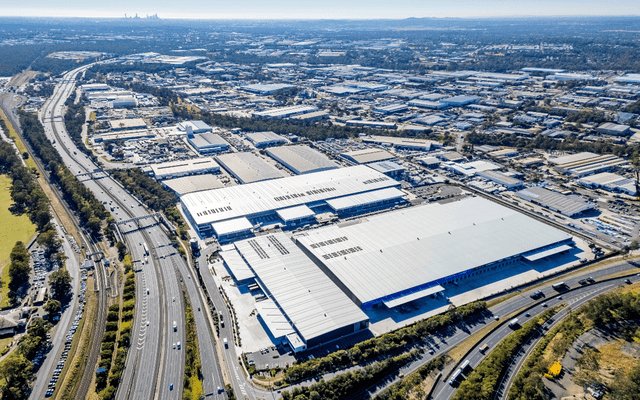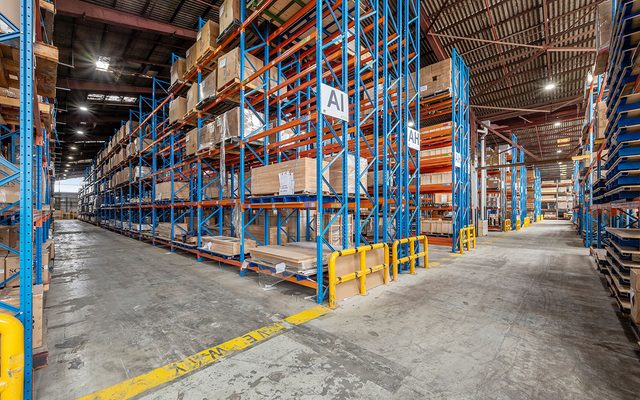This article is from the Australian Property Journal archive
AUSTRALIAN business insolvencies have reached a record high, surging by 38% on average across all industries as inflation refuses to fall in line, interest rates remain high and consumer demand drops off.
According to CreditorWatch’s May Business Risk Index, insolvencies were up 38% year-on-year, with the total number of insolvencies up 34% over the last 12 months and 41% above the pre-COVID maximum.
“We have known for some time now that consumers have pulled back on spending quite dramatically as high interest rates and inflation smashed household budgets,” said Anneke Thompson, chief economist at CreditorWatch.
“This trend took some time to flow through to businesses but is now showing up in the data in the form of increasing late payment rates and rising court actions, as well as increased business failures and insolvencies.”
In construction, the insolvency rate was up 46% year-on-year, the fourth highest of any industry.
The construction industry also saw a 15% year-on-year increase in the failure rate and has seen the highest proportion of late payments of any industry, with 10.46% of businesses having payments 60-plus days late.
Construction is also ranked second for outstanding ATO debts above $100,000, with a rate of 1.21%, beat out only by food and beverage services at 1.70%.
Meanwhile, electricity, gas, water and waste services saw the greatest rate of increase in insolvencies, up 89% year-on-year, followed by education and training at 87% and mining at 72%.
“Multiple interest rate hikes and stubbornly high inflation have forced consumers at all income levels to cut back on spending,” Patrick Coghlan, CEO at CreditorWatch.
“We don’t expect a meaningful turnaround in consumer confidence until the impact of at least two rate cuts has been felt, which won’t be until well into 2025. The only bright-spot for households is next-month’s tax cuts, although we don’t see much of this going to discretionary spending.”




